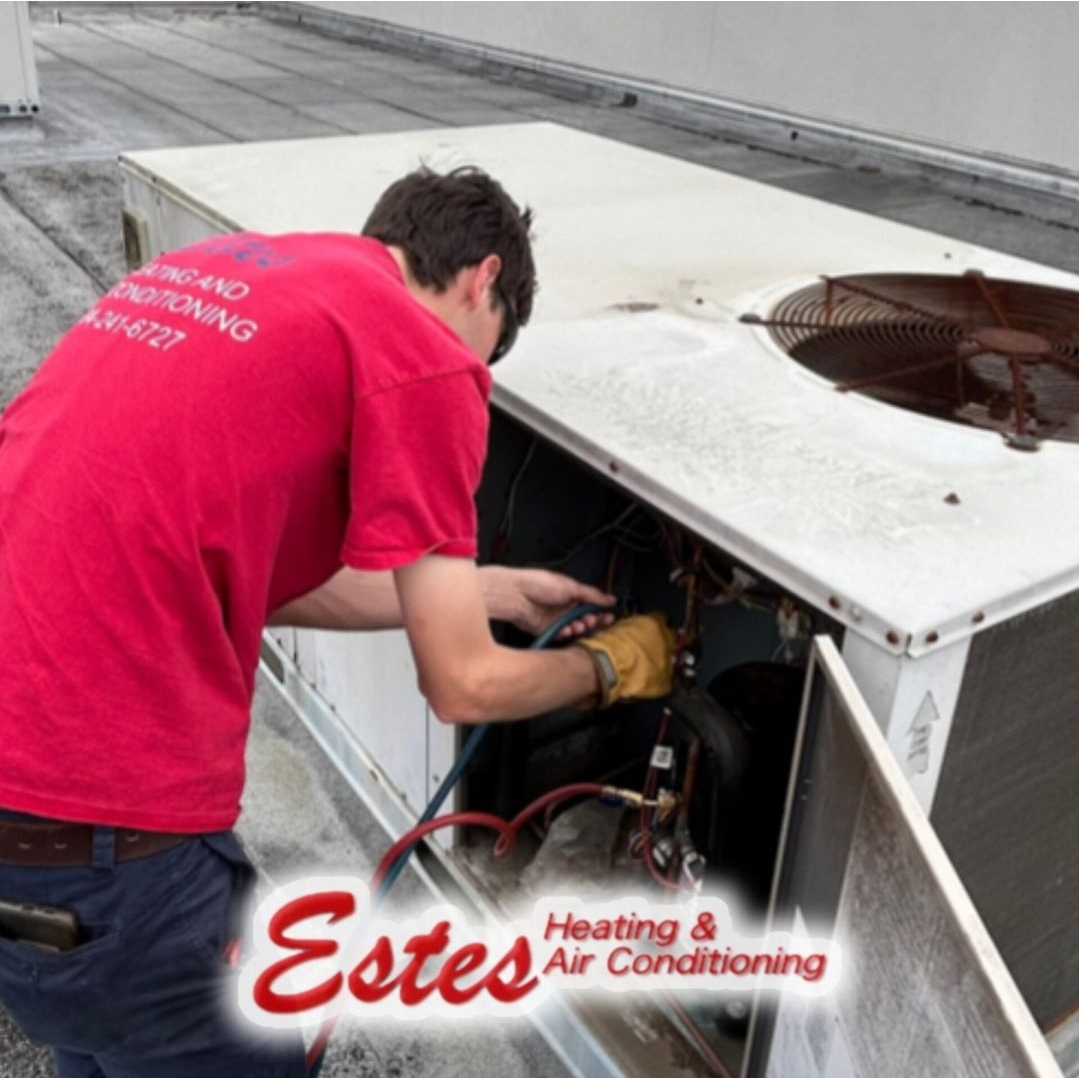Replacing your HVAC system is a major home improvement decision; one that impacts comfort, energy efficiency, and long-term maintenance costs. Whether your current system is aging, underperforming, or driving up utility bills, understanding the HVAC replacement process can help you make informed choices with confidence. From identifying the need to selecting the right system and scheduling installation, each step plays a vital role in the overall success of your investment.
Step 1: Determining If Replacement Is Necessary
The first step in the HVAC replacement process is recognizing when your current system is no longer meeting your needs. Most systems have a lifespan of 10 to 15 years, but issues can arise sooner. Common signs it may be time for replacement include:
-
Frequent breakdowns or costly repairs
-
Uneven temperatures throughout the home
-
Unusual noises or smells during operation
-
Rising energy bills despite regular maintenance
-
Inability to maintain a comfortable indoor climate
An HVAC professional can perform a full system evaluation to determine whether repairs are still viable or if replacement is the more cost-effective long-term solution.
Step 2: Choosing the Right HVAC System
Once it’s clear a replacement is needed, the next step is selecting the right HVAC system for your home. This decision should be based on more than just replacing your old unit with a newer version. Important factors to consider include:
-
System type: Central air conditioners, heat pumps, and ductless mini-splits all offer different benefits depending on your home’s layout and climate.
-
Size and capacity: A properly sized system is crucial. A unit that’s too small will struggle to keep your home comfortable, while one that’s too large may short cycle and waste energy.
-
Efficiency ratings: Look for models with high SEER (Seasonal Energy Efficiency Ratio) for cooling and high AFUE (Annual Fuel Utilization Efficiency) for heating. These ratings indicate how efficiently a unit uses energy.
Your HVAC contractor will perform a load calculation to assess your home’s heating and cooling demands and recommend a system that balances performance with energy savings.
Step 3: Understanding the Installation Process
After selecting the right system, installation begins with planning and preparation. The installation process typically includes:
-
Removing the old system: This involves safely disconnecting and disposing of the existing HVAC equipment.
-
Inspecting or updating ductwork: Depending on its condition, your ductwork may need repairs or full replacement to support the new system’s airflow and efficiency.
-
Installing the new unit: The contractor will properly position and secure the indoor and outdoor components of the system.
-
Testing and calibrating: Once installed, the system is thoroughly tested to ensure it runs smoothly, safely, and efficiently. This includes verifying thermostat controls, airflow, and refrigerant levels.
Professional installation is essential to ensure your HVAC system performs as expected and complies with all safety and building code requirements.
Step 4: Evaluating Costs and Long-Term Value
While HVAC replacement is a significant investment, the exact cost will depend on multiple factors such as the system type, size, installation complexity, and any necessary ductwork modifications. Most of the expense typically comes from the unit itself and labor.
To get the best value, obtain multiple quotes from licensed HVAC contractors. Be sure to compare warranties, energy efficiency ratings, and expected long-term savings. Though the upfront cost may vary, choosing a high-efficiency system can help reduce utility bills and future maintenance needs.
Step 5: Post-Installation Maintenance
Once your new HVAC system is installed, regular maintenance is key to protecting your investment. This includes:
-
Changing air filters every 1 to 3 months
-
Scheduling professional tune-ups at least once a year
-
Keeping outdoor units clear of debris
-
Addressing minor issues before they turn into costly repairs
Routine maintenance not only extends the lifespan of your system but also helps it run efficiently, saving you money and improving indoor comfort year-round.
Ready to Get Started?
If you’re considering an HVAC system replacement and want expert guidance through the process, Estes Heating & Air Conditioning in Jacksonville, FL is here to help. Our experienced technicians will assess your current system, help you choose the best replacement, and ensure a smooth and professional installation. Call us at 904-241-6727 or fill out our online form to schedule your consultation today. We’re committed to keeping your home comfortable in every season.

